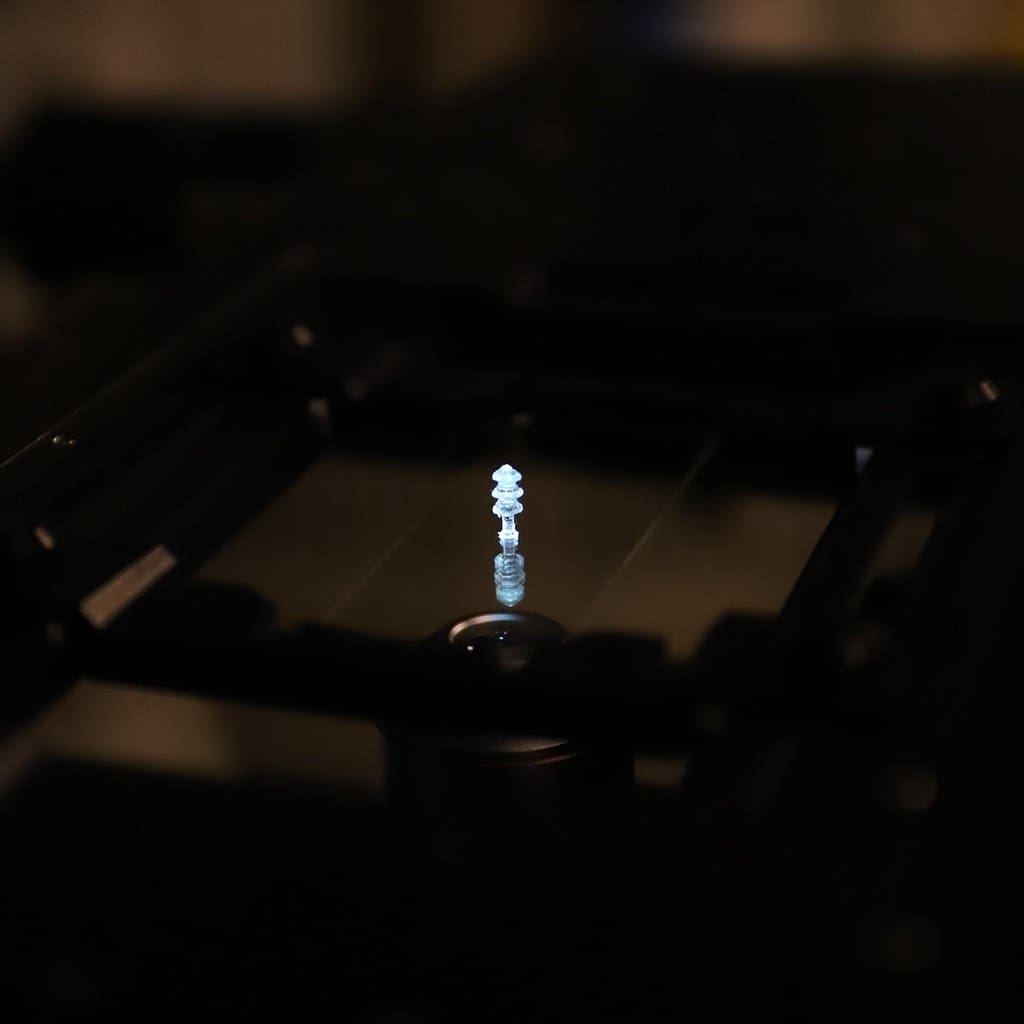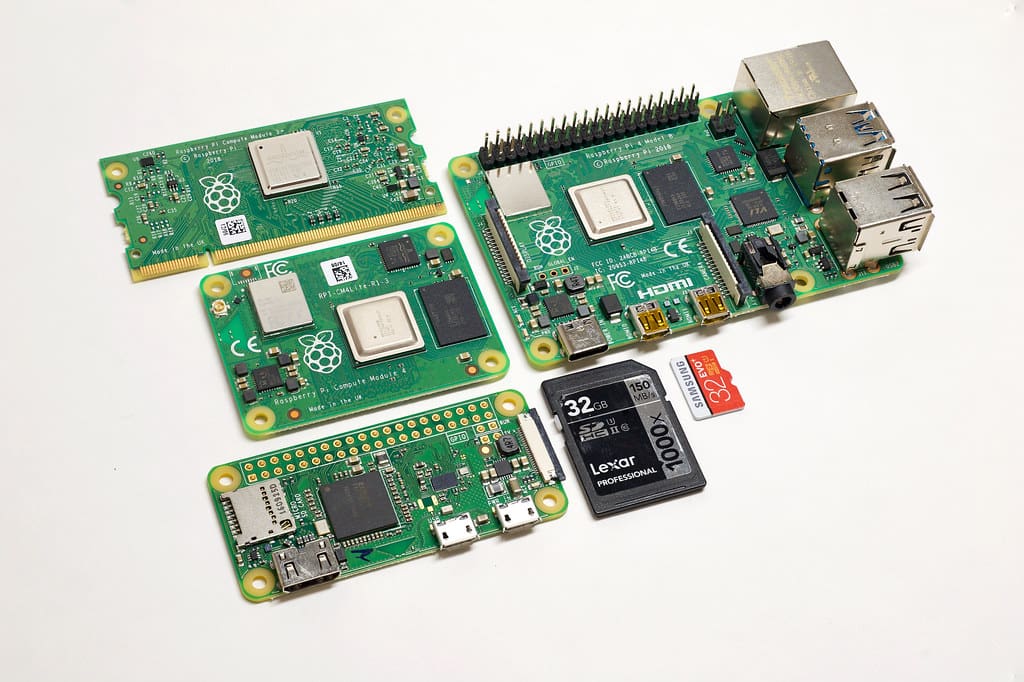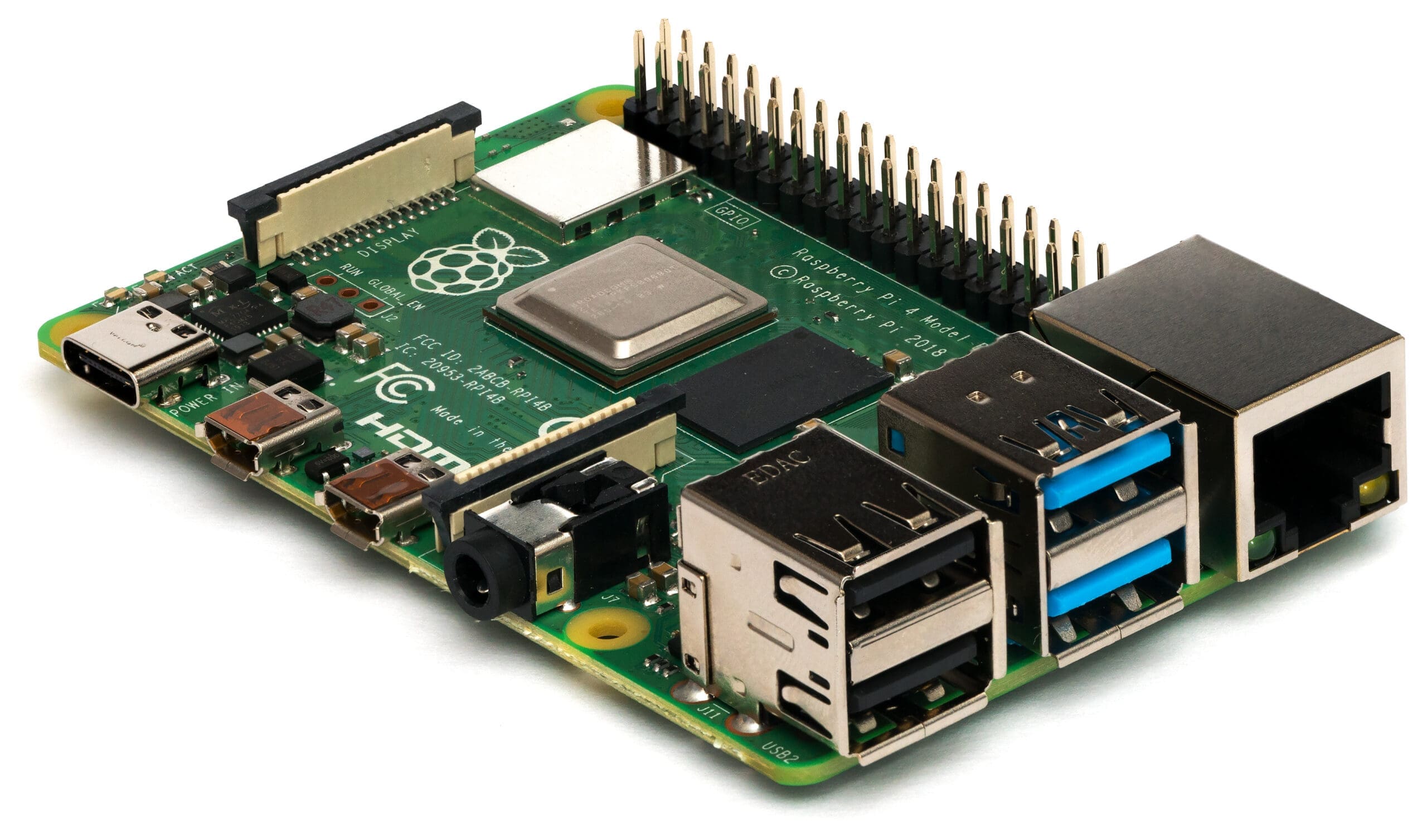Bioacoustics is the study of sound production, dispersion, and reception in animals. It involves analyzing acoustic behaviors to understand and monitor wildlife populations, ecological dynamics, and environmental health. 3D printing is increasingly utilized in this field to create custom devices and structures that enhance the capture, analysis, and replication of wildlife sounds. This integration of technology is transforming bioacoustic research and conservation efforts by providing tailored, efficient, and innovative tools that improve data quality and research methodologies.
The Emergence of 3D Printing in Bioacoustics
Traditionally, bioacoustic researchers relied on commercially available or manually crafted equipment to conduct studies, which often could not be customized to meet the unique demands of different wildlife environments or species-specific behaviors. 3D printing has introduced a new level of adaptability and precision in creating specialized equipment such as microphone arrays, housings, and mounts that are crucial for field studies. The ability to design and produce customized, durable, and lightweight field equipment rapidly is particularly valuable in challenging environments.

Advantages of 3D Printing in Bioacoustics
Customization and Flexibility: 3D printing allows researchers to design and fabricate equipment tailored to specific research needs, such as custom-fit housings for microphones that can withstand various environmental conditions or be fitted in unusual or hard-to-reach locations.
Cost-Effectiveness and Accessibility: Producing bioacoustic equipment with 3D printing significantly reduces costs, making field research more accessible, especially for underfunded projects and in developing regions. It also minimizes waste by using only the necessary amount of material.
Rapid Prototyping: Quick iteration of design prototypes enables researchers to refine their acoustic equipment based on field testing and real-time needs, which is crucial for responding to dynamic research conditions and objectives.
Innovative Research Tools: 3D printing encourages innovation in tool design, such as developing specialized devices for capturing underwater acoustics or high-frequency sounds that are beyond the range of existing commercial equipment.
Key Applications of 3D Printing in Bioacoustics
Custom Microphone Arrays and Housings: Arrays designed to capture sounds from multiple directions can be intricately printed to exact specifications, improving the spatial accuracy of sound capture and allowing for detailed acoustic landscape mapping.
Specialized Sound Emitters: Devices that emit sounds to study animal responses or to lure animals into observation zones can be customized for different frequencies and output patterns, which are essential for specific species or behavioral studies.
Protective Equipment for Harsh Environments: Durable cases and covers that protect sensitive recording equipment from moisture, dust, and mechanical damage are crucial for conducting reliable field research.
Animal Tags and Collars: Lightweight, custom-fitted tags that include acoustic monitoring technology can be printed for wildlife tracking and studying animal behavior without causing distress or harm to the animals.

Challenges in 3D Printing for Bioacoustics
Material Durability and Environmental Resistance: Equipment used in field studies must withstand diverse and often harsh environmental conditions. Finding materials that are both durable and environmentally stable, yet do not interfere with the acoustic properties of the device, is a significant challenge.
Design Expertise: Effective design of bioacoustic devices requires a deep understanding of acoustic principles and animal behavior, as well as proficiency in 3D modeling and printing. Bridging these skill sets is necessary to fully exploit the advantages of 3D printing in bioacoustics.
Data Integration and Management: With advanced tools comes the challenge of managing and analyzing large datasets. Ensuring that 3D-printed devices efficiently integrate and communicate with data collection and analysis software is crucial for the success of research projects.
Ethical and Environmental Considerations: The introduction of novel acoustic devices into natural habitats must be carefully managed to avoid disrupting animal populations or affecting ecological balances.
Future Directions in 3D Printing for Bioacoustics
The future of 3D printing in bioacoustics holds promising advancements, with ongoing innovations likely to address current limitations and expand capabilities. Continued development in composite materials that enhance the acoustic properties of devices, along with improvements in sustainable production techniques, are expected to drive the field forward. Additionally, integrating IoT (Internet of Things) capabilities into bioacoustic devices will enhance real-time monitoring and data processing.
3D printing is poised to continue its transformative impact on bioacoustics, providing researchers with the tools to better understand and conserve wildlife through advanced acoustic monitoring and analysis. As the technology progresses, it promises to bring more sophisticated, effective, and environmentally sensitive research tools to the field of bioacoustics, helping to preserve the natural symphony of our planet.








